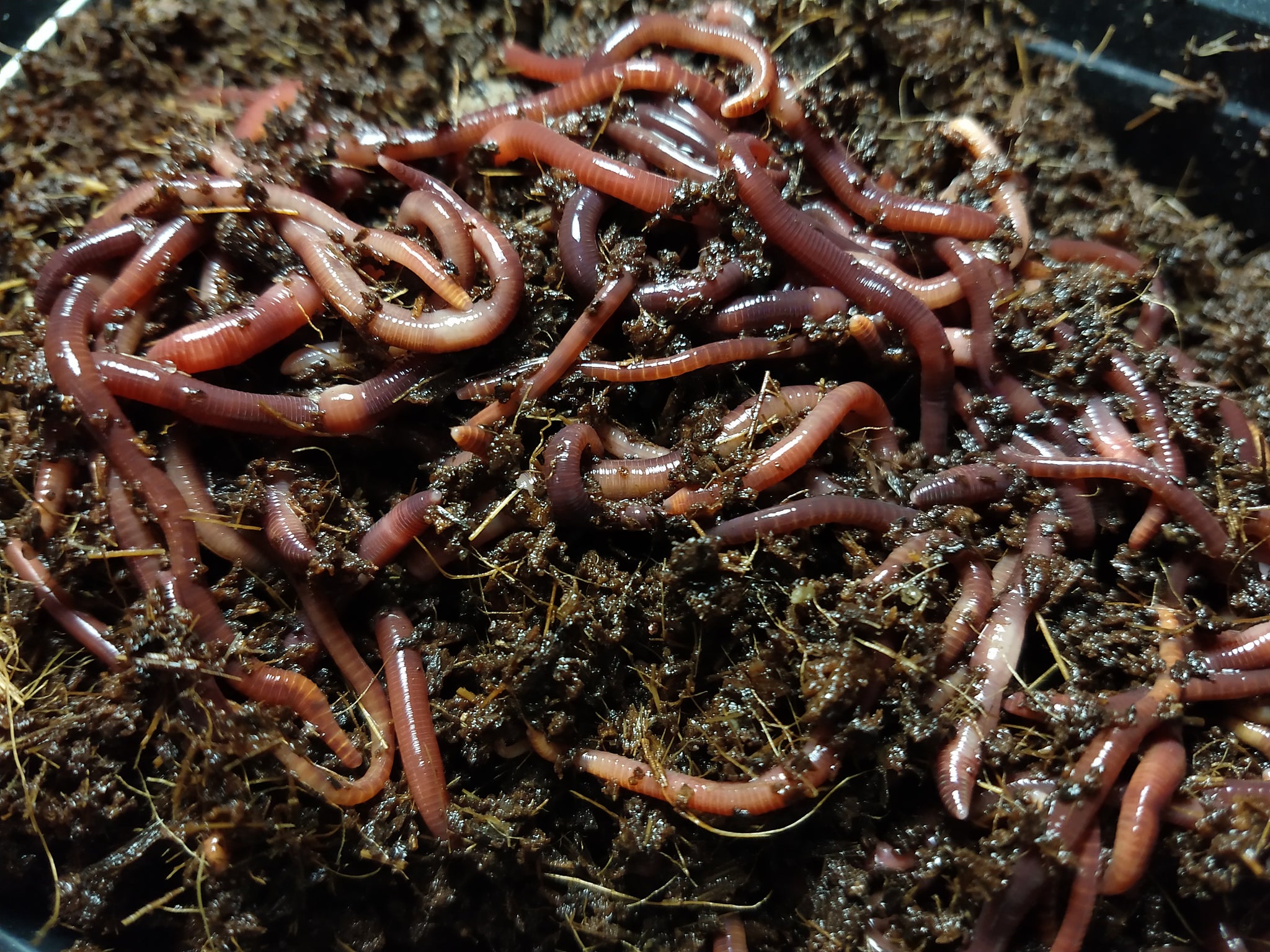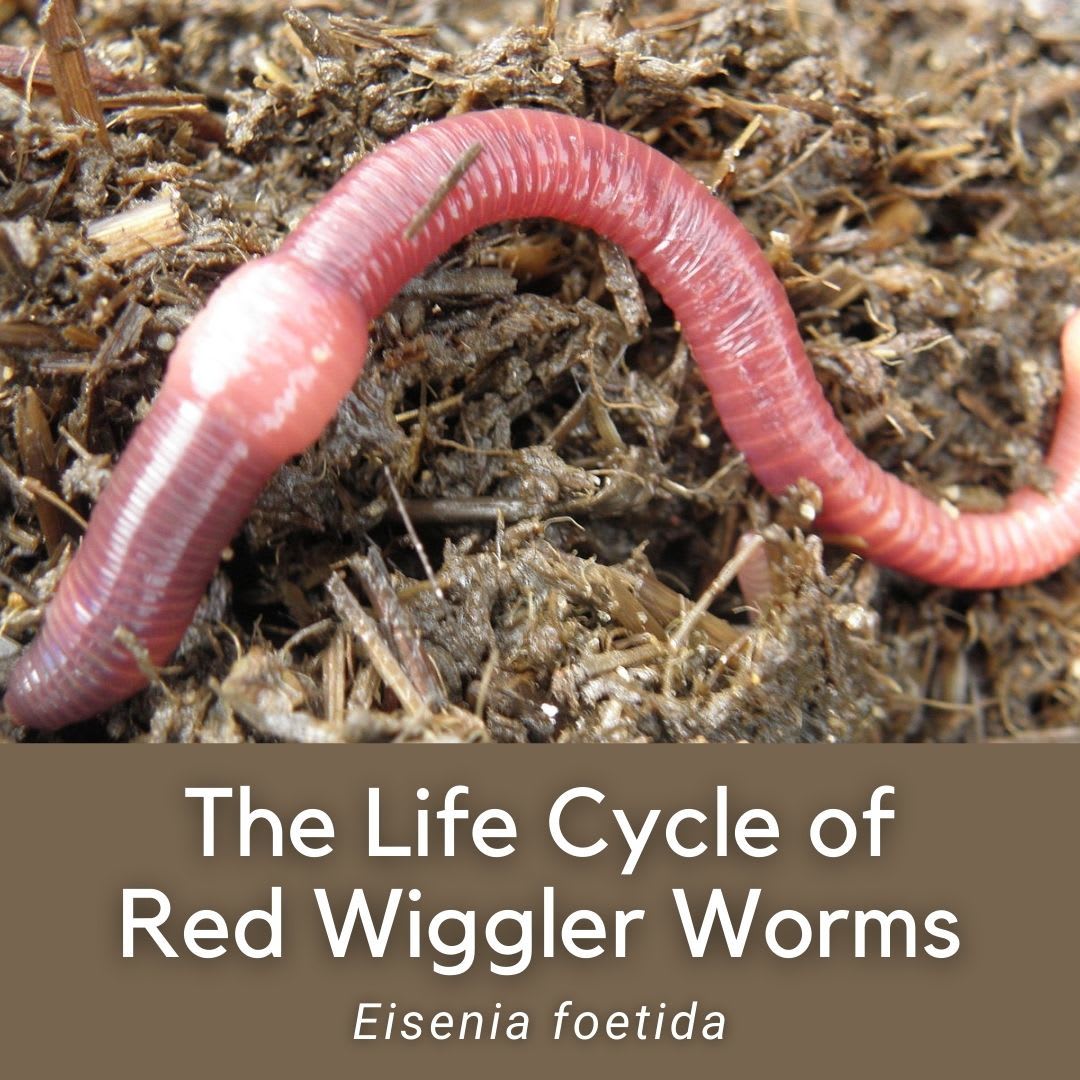Take Care of Your Lawn with the Best Products from Lake Hickory Bait
Take Care of Your Lawn with the Best Products from Lake Hickory Bait
Blog Article
Red Wigglers: The Unsung Heroes of Organic Waste Recycling
Red wigglers, or Eisenia fetida, offer as vital representatives in the natural waste reusing process, changing discarded products right into beneficial vermicompost. As the world significantly looks for options to deal with waste accumulation and boost agricultural productivity, comprehending the duty of these worms becomes important.
What Are Red Wigglers?
The amazing resilience of red wigglers, clinically referred to as Eisenia fetida, underscores their critical role in organic waste recycling. These small, reddish-brown earthworms are typically discovered in decaying raw material, such as compost heap and manure heaps. Lake Hickory Bait. Unlike various other earthworm types, red wigglers flourish in nutrient-rich atmospheres and are very effective at damaging down organic products, making them crucial for vermicomposting

(Red Wiggler Express)Along with their function in waste reduction, red wigglers add to dirt health and wellness by enhancing dirt structure and aeration with their burrowing activities (Lake Hickory Bait). Their visibility in composting systems not just enhances decomposition rates but likewise promotes a lasting strategy to squander administration, showing their relevance in ecological conservation efforts
Advantages of Composting With Worms
Composting with worms, particularly red wigglers, offers many advantages that enhance both waste administration and dirt wellness. Initially, these worms successfully damage down organic waste, transforming it into nutrient-rich vermicompost that enhances dirt. This process accelerates decomposition, permitting a faster recycling of kitchen scraps and various other natural products compared to standard composting methods.
Furthermore, the vermicompost produced by red wigglers is including helpful microbes, which help improve soil framework, oygenation, and moisture retention. This boosts the general health and wellness of plants, advertising energetic growth and enhanced yields in gardens and farming settings. Furthermore, the usage of worms in composting lessens the production of greenhouse gases, such as methane, adding to a more sustainable waste administration system.

Just How to Beginning Vermicomposting
Establishing a vermicomposting system is an uncomplicated procedure that can yield significant advantages for both waste administration and soil enrichment. To start, pick an appropriate container, such as a plastic bin or wooden box, with adequate air flow holes to make certain appropriate air movement. The measurements ought to ideally be around 2 feet by 3 feet, permitting sufficient area for the worms to thrive.
Next, prepare bed linens product, which can include shredded newspaper, cardboard, or coconut coir. This bed linen should be dampened to produce an appropriate habitat for the worms. Once the bed linens is in area, introduce red wigglers (Eisenia fetida) right into the container, normally around one pound of worms for every square foot of area.
Adhering to the positioning of worms, add natural waste, such as vegetables and fruit scraps, coffee grounds, and smashed eggshells. Stay clear of including dairy, meat, or oils, as these can develop smells and draw in pests. Lastly, position the bin in a shaded, temperature-controlled area to maintain optimum problems for worm activity. With these actions, you will properly launch a vermicomposting system that contributes to sustainable waste administration and enhances your soil.
Maintaining a Healthy And Balanced Worm Bin
(Lake Rhodhiss Bait)Maintaining a worm bin thriving requires regular attention and like guarantee the wellness of the red wigglers and the performance of the composting procedure. Correct maintenance starts with keeping track of the dampness degrees; the bin should be wet yet not soaked. A great guideline is to keep a consistency similar to a wrung-out sponge.
Oygenation is important. Delicately blending the bed linen and food scraps every couple of weeks avoids compaction and makes certain that all worms have access to oxygen. Additionally, it is necessary to feed the worms suitably. A well balanced diet regimen of fruit and veggie scraps, coffee premises, and smashed eggshells should be supplied in small amounts to avoid overfeeding, which can cause smells and parasites.
If the bin ends up being also hot or cool, the worms may come to be stressed out. By faithfully managing these aspects, one can keep a durable and effective worm container.
Influence on Sustainable Living
The effective upkeep of a worm bin not only profits the health of red wigglers however additionally adds significantly to lasting living techniques. By reusing organic waste, such as kitchen area scraps and backyard debris, red wigglers assist draw away substantial quantities of material from garbage dumps. This reduction in waste not just decreases greenhouse gas discharges yet likewise lessens the ecological concern related to waste monitoring.
Additionally, the spreadings created by red wigglers act as a nutrient-rich natural fertilizer, enhancing dirt wellness and promoting plant growth. This natural alternative to chemical fertilizers supports sustainable farming and horticulture methods, lowering dependence on synthetic inputs that can damage ecological communities. Furthermore, worm composting cultivates recognition of waste monitoring, urging individuals and communities to adopt even more sustainable routines.

Final Thought
In summary, red wigglers serve as essential contributors to organic waste recycling with their effective disintegration of organic materials. Their capability to generate nutrient-rich vermicompost enhances soil wellness and supports lasting farming practices. By incorporating vermicomposting into waste administration strategies, people and neighborhoods can substantially reduce waste while advertising ecological sustainability. The duty of Eisenia fetida in fostering healthy ecological communities underscores the significance of these organisms in achieving lasting living and improving soil fertility.
Report this page